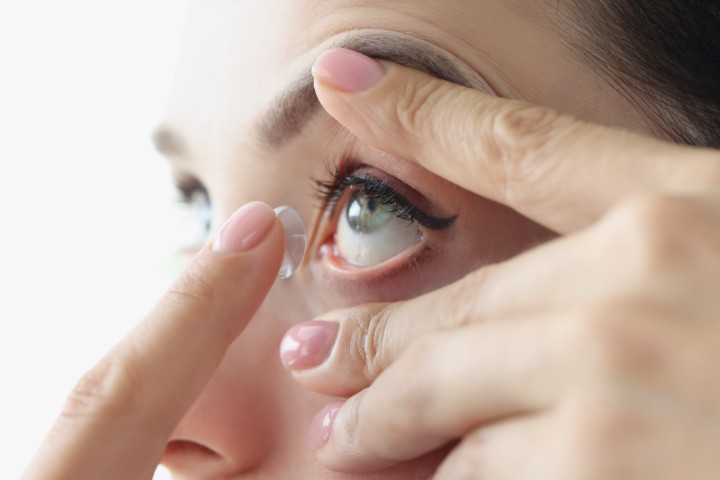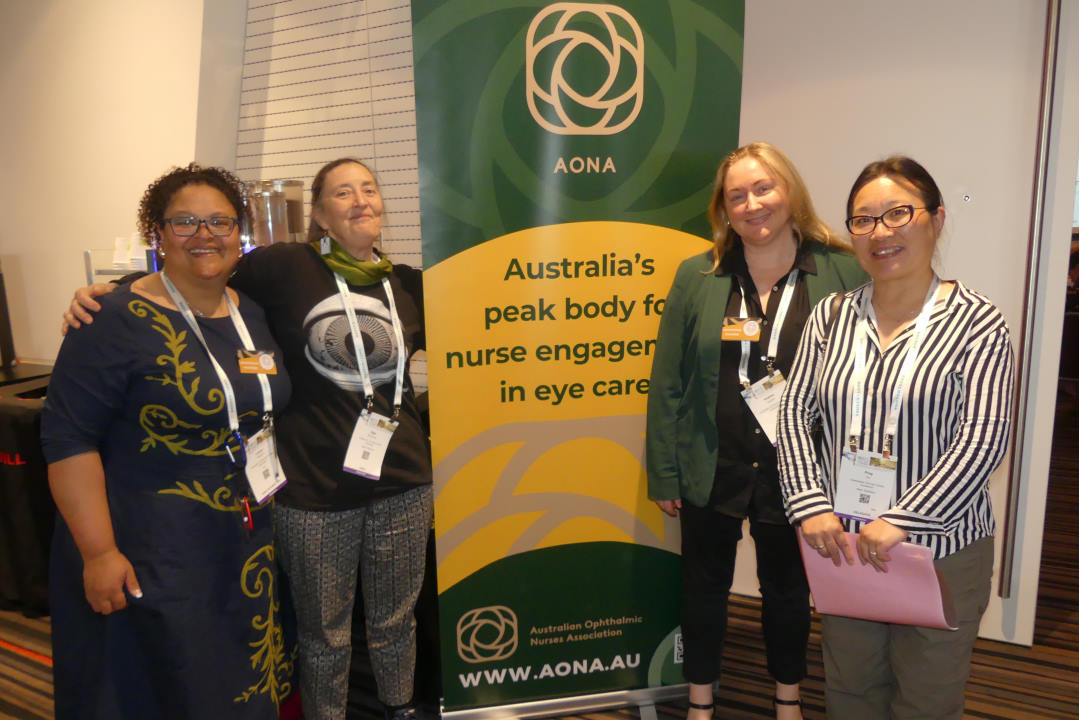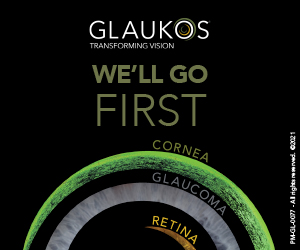Here’s looking at you, kids
Attending the orthoptics meeting at the 2024 RANZCO Congress in Adelaide was an inspiring opportunity to explore the latest research, clinical insights and practical approaches to eyecare, alongside colleagues equally passionate about advancing our profession. These are some of my standout themes and key takeaways.
One of the most pressing issues in paediatric eyecare is the long wait times for specialist appointments, which can delay critical diagnoses and interventions. Cathy Lewis, chief orthoptist at the Royal Children’s Hospital (RCH) in Melbourne, presented on a collaborative care model to provide a forward-thinking solution to this problem. By establishing student-led clinics at La Trobe University’s Orthoptic Eye Clinic and Melbourne University’s Eyecare Clinic, RCH has effectively reduced waitlists for conditions such as strabismus, amblyopia and juvenile arthritis screenings.
These clinics streamline patient flow through structured referral pathways, enabling faster access to care. Additionally, the model incorporates digital learning tools for continuous clinician education, ensuring orthoptists stay updated with interactive resources. This comprehensive approach is a fantastic example of how collaborative care, combined with digital resources and dedicated funding, can significantly improve service delivery in paediatric eyecare. It’s a model I hope other institutions will consider, especially as we work to address the demand for timely, effective care in our field.
Outdoor time, myopia and pterygium: finding the balance
The benefits of outdoor time in delaying the onset of myopia was a recurring theme, with the recent Guangzhou Outdoor Activity Longitudinal (GOAL) and Recess Outside Classroom (ROC) studies underscoring its importance. Research presented by Professor Kathryn Rose, University of Technology Sydney, showed an additional 40–80 minutes outdoors each day can help prevent myopia, with seasonal trends indicating children’s myopia progression slows during summer, highlighting the protective role of natural light. The recommendation to encourage at least two hours of daily outdoor time in young children came through loud and clear.
However, while outdoor time is beneficial for myopia control, prolonged sun exposure without protection could increase the risk of conditions such as pterygium. The takeaway? Encourage outdoor activities as part of a balanced lifestyle for young patients, but also emphasise the importance of sun protection, such as sunglasses and hats, to ensure long-term ocular health.
Atropine – how much is enough?
Traditionally, 0.01% atropine has been the standard for slowing myopia progression, but its use remains a hot topic. New research presented at the congress gave insights into how different concentrations and individual factors, such as eye colour, can influence low dose atropine’s efficacy and side effects.
For brown-eyed patients, higher concentrations, possibly above 0.01%, may be needed for effective treatment. In contrast, blue- or green-eyed individuals seem more sensitive to treatment-related side effects, such as blurred near vision and photophobia, when using higher doses like 0.05%. Dr Gareth Lingham, an orthoptics researcher at Technological University Dublin, has explored this variability and highlighted the need for a more tailored approach, considering such factors to determine the most effective concentration for each patient.
One area where I feel there is significant room for growth is in the implementation of standardised eye screening for young children. The success of NSW’s Statewide Eyesight Preschooler Screening (StEPS) programme is a shining example of how effective early intervention can be when there is a structured, systematic approach.
The power of networking
Of course, the social side of the conference was just as valuable as the formal presentations. Catching up with colleagues over coffee breaks and lunch in the RANZCO exhibition room, discussing daily challenges and sharing perspectives, enhanced this experience. It’s during such chats that some of the most valuable learning happens, as we troubleshoot issues together and inspire each other with fresh ideas. It was also wonderful to explore the latest advancements in medical equipment and technology and to consider how these tools could be applied in our service offerings.
Reflecting on the conference, I feel a renewed sense of purpose and excitement about the future of orthoptics. The insights gained reminded me of the impact we can have in our field. It’s a call to action to continue advocating for early intervention, personalised care and greater awareness of the important role orthoptists play in paediatric vision health.
I left Adelaide feeling inspired, grateful and looking forward to June 2025’s International Orthoptic Congress to be held in Brisbane.
Maddy Scavone is an orthoptist specialising in paediatrics and the founder of Speckles, a company focused on children’s vision needs and wants.





















